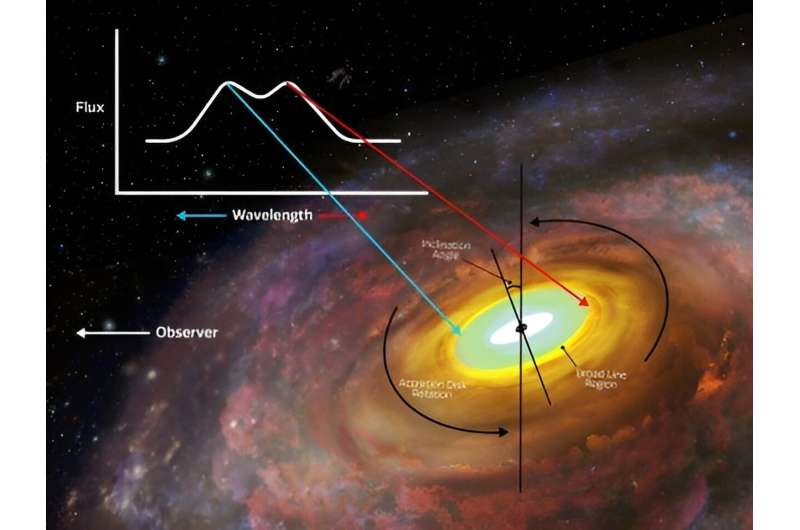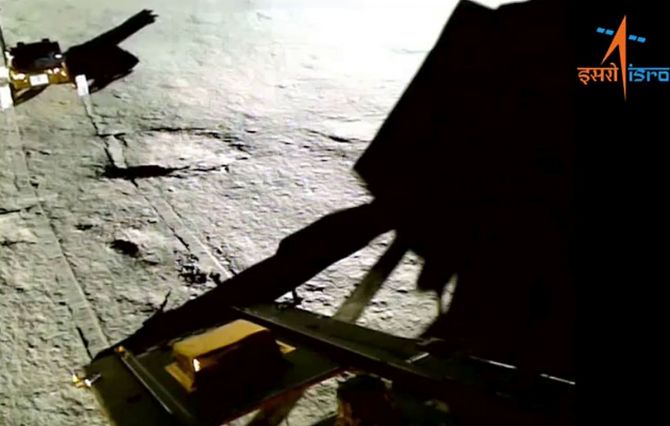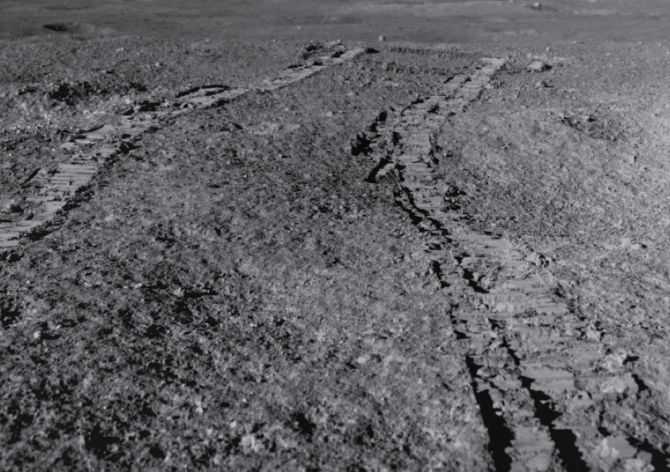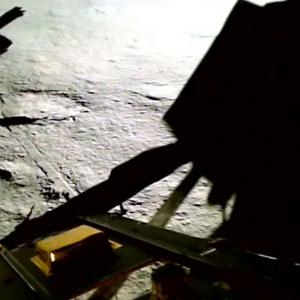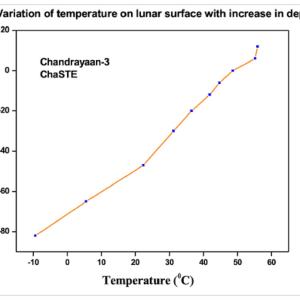First observations ever of the outskirts of a supermassive black hole's accretion disk
by Josie Fenske, NSF's NOIRLab
An artist’s impression of a supermassive black hole with an accretion disk orbiting it. The annotations show a hypothetical double-peaked profile with arrows indicating where in the broad line region each peak originates. Credit: NOIRLab/NSF/AURA/P. Marenfeld
Nothing can evoke an existential perspective-spiral quite like looking at an image of a galaxy. At first glance, these sublime structures may appear rather serene. But in fact the center of many galaxies is a turbulent environment containing an actively feeding supermassive black hole.
Orbiting these incomprehensibly dense objects are swirling accretion disks of gas and dust, which feed the black hole and emit copious amounts of energy all along the
electromagnetic spectrum—from high-energy gamma rays and X-rays, through
visible light, to infrared and radio waves.
Studying accretion disks can enhance astronomers' understanding of black holes and the evolution of their host galaxies. Most accretion disks, however, are impossible to directly image because of their extreme distances and relatively small sizes. Instead, astronomers use the spectra of light emitted from within the disk to characterize its size and behavior.
Using this approach, astronomers using the Gemini North telescope, one half of the International Gemini Observatory, operated by NSF's NOIRLab, have made the first detection ever of two near-infrared emission lines in the accretion disk of the galaxy III Zw 002, placing a new limit on the size of these magnificent structures.
To understand these observations, let's first lay some groundwork by discussing what emission lines are and what they tell us about the regions around
supermassive black holes.
Emission lines result when an atom in an excited state drops to a lower energy level, releasing light in the process. Since every atom has a unique set of energy levels, the emitted light has a discrete wavelength that acts like a fingerprint identifying its origin. Emission lines commonly appear in spectra as thin, sharp spikes.
But in the swirling vortex of an accretion disk, where the excited gas is under the
supermassive black hole's gravitational influence and moving at speeds of thousands of kilometers per second, the emission lines broaden into shallower peaks. The region of the accretion disk where these lines originate is called the broad line region.
As stated earlier,
accretion disks are exceedingly difficult to image directly, with only two sources having been imaged thanks to the high angular-resolution capability of the Event Horizon Telescope. So, barring access to a global network of radio telescopes, how do astronomers know when a supermassive black hole has a disk around it? It turns out that evidence of an accretion disk can be found in a specific pattern of the broad emission lines called a double-peaked profile.
Because the disk is rotating, the gas on one side is moving away from the observer, while the gas on the other side is moving towards the observer. These relative motions stretch and squeeze emission lines to longer and shorter wavelengths respectively. What results is a broadened line with two distinct peaks, one originating from each side of the rapidly spinning disk.
These double-peaked profiles are a rare phenomenon since their occurrence is limited to sources that can be observed nearly face-on. In the few sources in which it has been observed, the double peak has been found in the H-alpha and H-beta lines—two emission lines from hydrogen atoms that appear in the visible wavelength range.
Originating from the inner region of the broad line region near the supermassive black hole, these lines provide no evidence about how big the accretion disk is in its entirety. But recent observations in the near-infrared have revealed a region of the outer broad line region that has never been seen before.
Denimara Dias dos Santos, a Ph.D. student at the Instituto Nacional de Pesquisas Espaciais in Brazil and lead author of the paper, in collaboration with Alberto Rodriguez-Ardila, Swayamtrupta Panda and Murilo Marinello, researchers at the Laboratório Nacional de Astrofísica in Brazil, has made the first unambiguous detection of two near-infrared double-peaked profiles in the broad line region of III Zw 002.
The Paschen-alpha (hydrogen) line originates in the inner region of the broad line region, and the O I (neutral oxygen) line originates in the outskirts of the broad line region, a region that has never been observed before. These are the first double-peaked profiles to be found in the near-infrared, and they emerged unexpectedly during observations with the Gemini Near-Infrared Spectrograph (GNIRS).
2003 observations of III Zw 002 in the visible revealed evidence of an accretion disk, and a 2012 study found similar results. In 2021, Rodriguez-Ardila and his team set out to supplement these findings with observations in the near-infrared using GNIRS, which is capable of observing the entire near-infrared spectrum (800–2500 nanometers) all in one go.
Other instruments require the user to switch between multiple filters to cover the same range, which can be time consuming and can potentially introduce uncertainty as atmospheric conditions and calibrations change between observations.
Because GNIRS is capable of making simultaneous observations across multiple bands of light, the team was able to capture a single clean, consistently calibrated spectrum in which multiple double-peaked profiles were revealed. "We didn't know previously that III Zw 002 had this double peaked profile, but when we reduced the data we saw the double peak very clearly," said Rodriguez-Ardila. "In fact, we reduced the data many times thinking it could be a mistake, but every time we saw the same exciting result."
These observations not only confirm the theorized presence of an accretion disk, but also advance astronomer's understanding of the broad line region.
"For the first time, the detection of such double peaked profiles puts firm constraints on the geometry of a region that is otherwise not possible to resolve," said Rodriguez-Ardila. "And we now have clear evidence of the feeding process and the inner structure of an active galaxy."
By comparing these observations with existing disk models, the team was able to extract parameters that provide a clearer picture of III Zw 002's supermassive black hole and broad line region.
The model indicates that the Paschen-alpha line originates at a radius of 16.77 light-days (the distance light travels in one Earth day as measured from the supermassive black hole), and the O I line originates at a radius of 18.86 light-days. It also predicts that the outer radius of the broad line region is 52.43 light-days. The model also indicates that III Zw 002's broad line region has an inclination angle of 18 degrees with respect to observers on Earth, and the supermassive black hole at its center is 400–900 million times the mass of our sun.
"This discovery gives us valuable insights into the structure and behavior of the broad line region in this particular galaxy, shedding light on the fascinating phenomena happening around supermassive
black holes in active galaxies," said Rodriguez-Ardila.
Following this discovery, Dias dos Santos, Rodriguez-Ardila, Panda and Marinello are now monitoring III Zw 002, as its accretion disk is expected to follow a precession pattern around the supermassive black hole. They want to see how the line profiles change with time, since precession causes different intensities in the blue and red peaks. So far, the model remains consistent with their observations. These results also open up the possibility of using near-infrared detection to study other AGNs.
The work is published in
The Astrophysical Journal Letters.











